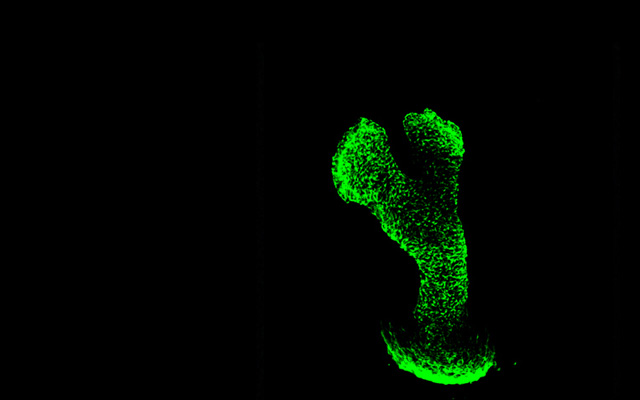Ciliary Membrane Lipid Composition and Ciliopathy
HUANG Zhenzhou1, ZHOU Jun1,2, LIU Peiwei1*
Cilia are structures protruding from the cell surface, consisting of the ciliary membrane, matrix, transition zone and axoneme, which play important roles in cell movement, environmental signal perception and organ development. The ciliary membrane envelops the cilium and is one of the most important structures of the cilium and is the primary site where the cilium contacts extracellular signals. The ciliary membrane has a unique composition of lipids, including phosphatidylinositol, ceramides and lipid raft structures. The ciliary lipids have all been shown to play important roles in the maintenance of ciliary morphology and physiological function. The lipid structure ensures the correct localization of key signaling proteins in the cilium and guarantees the bending of cilia during beating. Abnormalities in the lipid composition of the ciliary membrane causes ciliopathy. Undermined lipid- lipoprotein composition of cilia has been demonstrated in Bardet-Biedl syndrome, Joubert syndrome, and Lowe syndrome. This review summarized the latest findings on the lipid composition of ciliary membranes, discussed the
function of lipid composition in cilia, and underpinned the relationship between abnormal lipid composition and ciliopathy, with the aim to provide ideas for the treatment of ciliopathy.




 CN
CN EN
EN